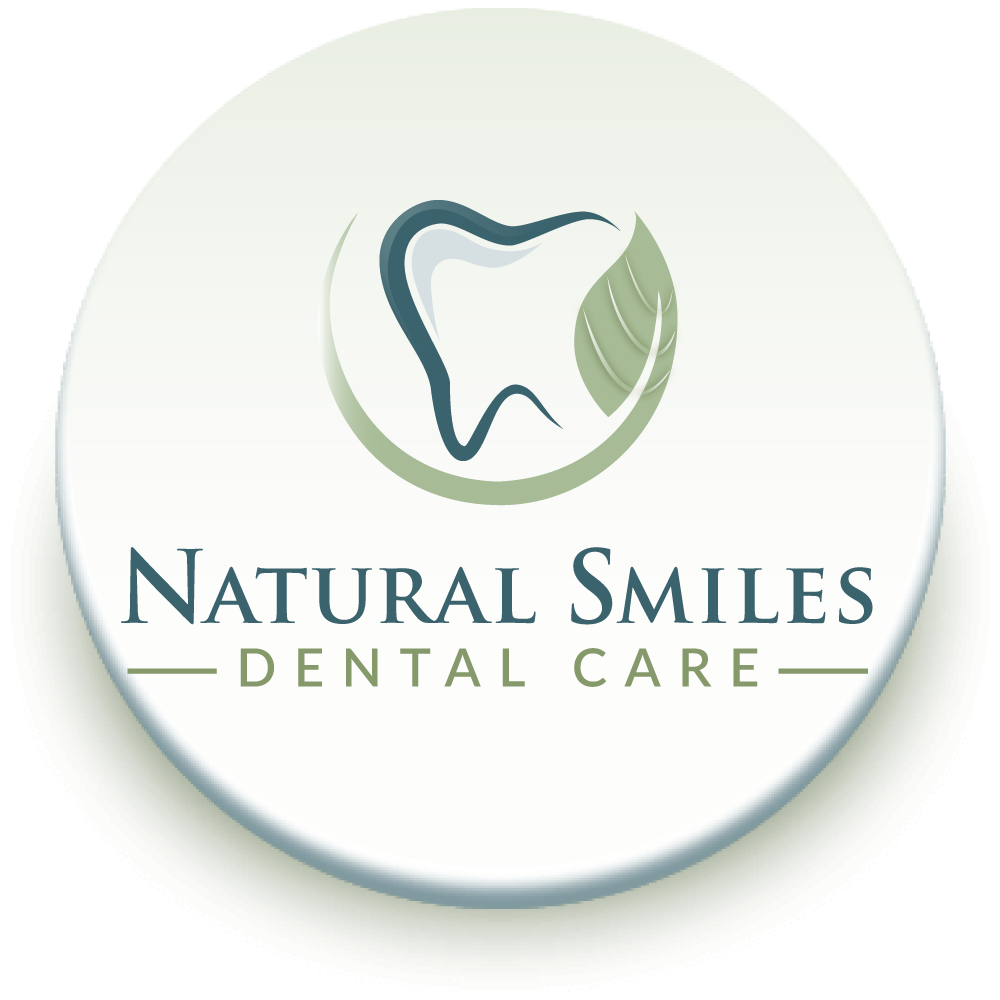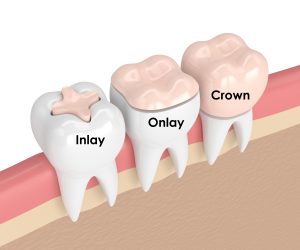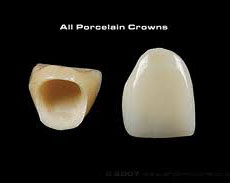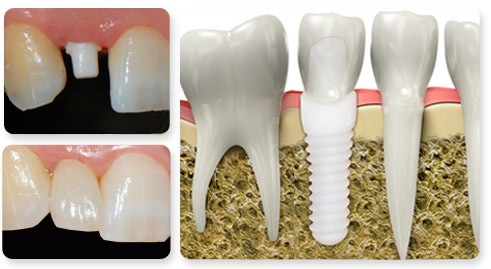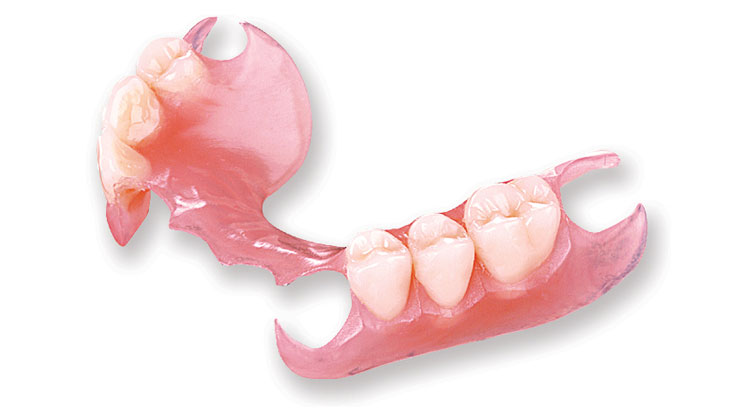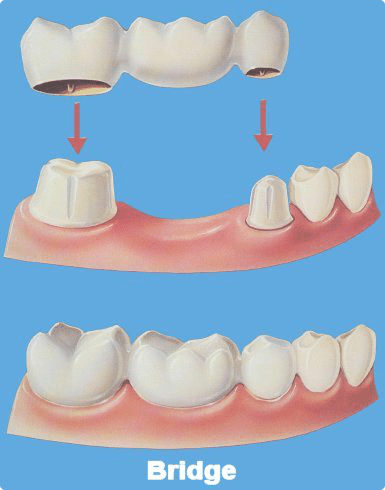Tooth Replacement Options
When a tooth has been extracted or is missing, the three main options for tooth replacement are implants, partial dentures, and bridges.
An implant is surgically placed in the bone, into the site of the tooth extraction. After a few months of integration and healing time, a permanent crown is placed on top of the implant. Sometimes bone grafting is necessary if there isn’t adequate bone to support the implant. Both the surgery and the final crown restoration are done at our office, and we place ceramic implants for biocompatibility purposes.
A partial is a removable appliance that relies on the existing teeth for retention. It is the least invasive and least expensive option, but it is removable and thus must be removed and cleaned every day during brushing and flossing. The partial framework traditionally was made out of metal, but now they can be completely acrylic. They hook onto the remaining teeth in the arch. There is an adjustment period with this option, and sometimes denture adhesive is needed in order to chew certain foods. A partial does allow us to replace several teeth in the same arch using just one appliance.
A bridge is an option if there are teeth on either side of the extracted tooth. The adjacent teeth are prepared for crowns, and the bridge is cemented in permanently, with the replacement tooth connected to the crowns on either side. The replacement tooth (or pontic) rests gently on the gums. This is the LEAST recommended option at our office, as bridges tend to have a high failure rate long-term. Studies are showing a 60% chance of the supporting teeth becoming dead (necrotic). Also, they can restrict the cranial sutures within the head bones, that want to “breathe” and move naturally.
At our office, we strongly recommend Dental Materials Testing with Denise Schneider. Denise is trained in using the BioScan device, in order to choose the most biocompatible restoration materials for our patients.


